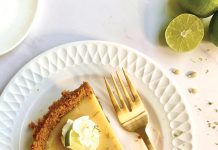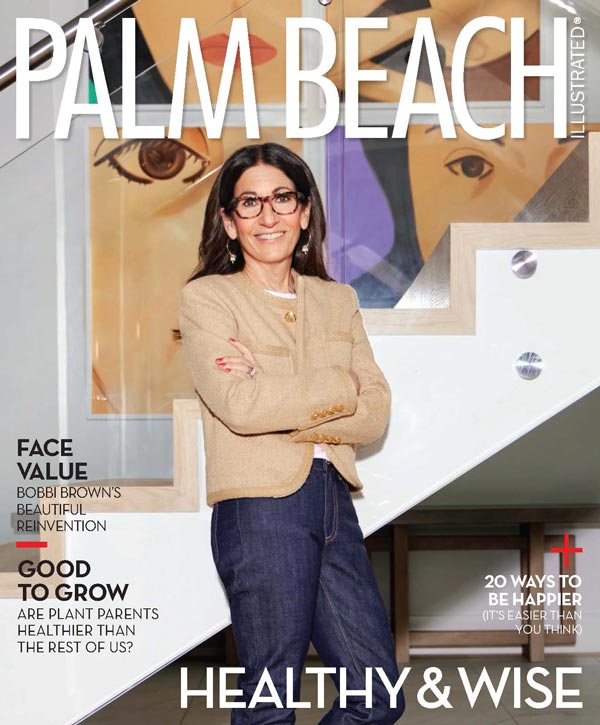
Despite the continuing popularity of Prosecco, Champagne is still the world’s leading luxury drink. Each major Champagne house has its unique style and personality, and the nonvintage Brut is usually the best introduction (not to mention the bottle with the most accessible price tag). But there are times when only the best will do, and at those moments we reach for the tête de cuvée. If you’re feeling festive this holiday season, sample some of these tête de cuvée Champagnes currently on the market.
1. Dom Pérignon: This was the first prestige Champagne to appear, with the 1921 vintage released in 1936. A varying blend of Chardonnay and Pinot Noir, it is the ultimate expression of the house of Moët et Chandon and a universal symbol of excellence. The style is ripe, forward, and accessible.
2. Dom Pérignon 2006 ($165) has a rich nose with whiffs of lemon, lime, and melon. The wine is even more satisfying in the mouth, exhibiting a full-bodied array of stone fruit and citrus. The texture here is lush and soft; this is a crowd-pleaser rather than a bottle for wine geeks. It finishes long, with a touch of yeast and sweetness.

Formerly known as the Oenothèque series, the Plenitude wines are special re-releases from the Moët cellars. The Dom Pérignon Plenitude Brut 2000 ($325) has a complex nose with glimmers of ginger and candied pear mixed with toasty vanilla. It’s complex in the mouth as well, exhibiting a Sherry-like overlay on a background of freshness. Amazingly youthful at 17, it ends with intertwining notes of ripe pear and stone fruit.
3. La Grande Dame: The luxury cuvée of Veuve Clicquot is named for Barbe-Nicole Ponsardin, the widow at the helm of the Champagne house from 1805 to 1866. The nose of the 2006 ($145) gives up hints of Meyer Lemon and mint with coaxing. In the mouth, the flavors sneak up on you: Citrus, preserved lemon, and candied zest linger for nearly a full minute, intensifying and building.
4. La Grande Dame Rosé 2006 ($285) has a similar nose to the 2008 Rosé but with more intensity and a faint essence of black cherry. It’s quite earthy on entry as well, followed by a reduction of sweet red berries. There’s a fascinating contrast between the richness of the fruit and the earthiness of the wine.
 5. Krug: Krug Grande Cuvée gained fame as a “multi-vintage,” a blend of 10 or 12 older reserve wines in different batches and proportions. The 164th edition ($170) is robust and fullbodied; this blend announces its presence and grabs you. By the mid-palate, the power has been replaced by a range of apple, melon, pear, stone fruit, and citrus. The finish is long and mouthwatering.
5. Krug: Krug Grande Cuvée gained fame as a “multi-vintage,” a blend of 10 or 12 older reserve wines in different batches and proportions. The 164th edition ($170) is robust and fullbodied; this blend announces its presence and grabs you. By the mid-palate, the power has been replaced by a range of apple, melon, pear, stone fruit, and citrus. The finish is long and mouthwatering.
On the nose, 6. Krug Brut Rosé ($295) mixes pleasant aromas of red fruits with fresh herbs and mint. In the mouth, the style remains controversial, with a ripeness that is almost excessive, combined with a sensory overload of plump rhubarb, red currant, and raspberry. The texture is racy, exotic, and distinctive, and the wine cries out for rack of lamb or saddle of venison. This is a bottle you’re not likely to forget, and one that proves the old adage, “There is Champagne, and then there is Krug.”









Facebook Comments